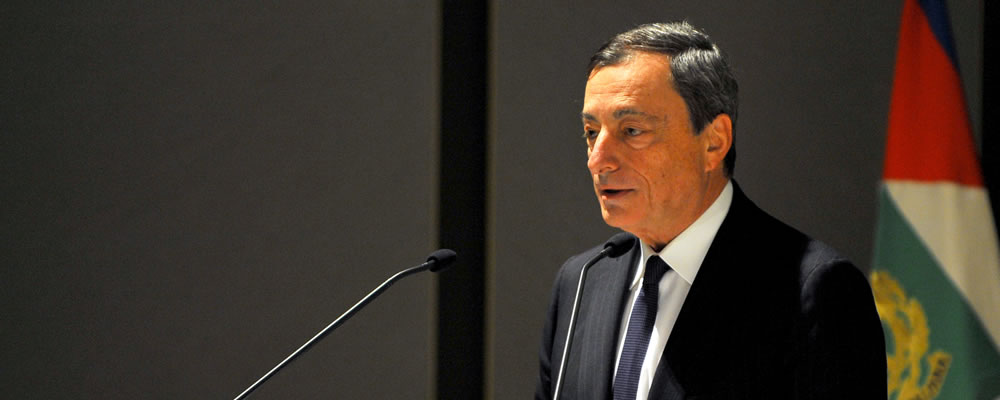Anticipation of today’s key Eurozone inflation data is keeping the Euro US Dollar exchange rate on the decline this morning.
EUR USD is currently down -0.3% at 1.1406, with the ‘Greenback’ enjoying moderate strength virtually across the board.
EUR USD Remains Soft Ahead of CPI Data Release
German retail sales figures have failed to boost the Euro this morning, as unemployment data has disappointed and markets are awaiting key Eurozone inflation data, which is set for release at 10.
Germany saw strong sales growth in May, with transaction volumes increasing 0.5% instead of the 0.3% forecast month-on-month and year-on-year sales rising 4.8% instead of 2.8% as economists had expected.
Unemployment data wasn’t so positive, however.
Instead of falling by -10,000 during June as predicted, joblessness instead increased by 7,000.
The seasonally-adjusted unemployment rate held at 5.7%, but this was expected.
EUR USD Exchange Rate Unmoved by Cautious Words from Fed’s Bullard
The EUR USD has been unable to gain off the back of another pessimistic set of comments from Federal Reserve official James Bullard.
Bullard, who does not currently vote on interest rates, warned that the Fed needed US data to keep coming in on solid form if it were to continue hiking rates at a time where other central banks in developed nations are keeping monetary policy loose.
‘You can go independently,’ Bullard told reporters on the side lines of an event he attended yesterday in London, ‘I just think it’s hard in this environment with low rates around the world, negative rates in Europe and Japan… how realistic is it for the US to have a (bond) yield curve that is dramatically above our foreign rivals?’
His comments were largely ignored, given that the latest first-quarter US GDP figures showed above forecast growth of 1.2%, compared to predictions of 1.2%.
Markets Await Eurozone Consumer Price Data, EUR USD Stays Weak
Eurozone consumer price growth is expected to have slowed from 1.4% to 1.2% year-on-year in June, while core inflation is expected to continue at 0.9%.
This is unlikely to be interpreted positively by the markets, given that the fall in overall inflation suggests that the weakness in the crude oil markets continues to make the price data more volatile.
This is the standard response of ECB President Mario Draghi to calls for monetary tightening when inflation rates are rising, so a slowdown in the CPI would give him more data with which to verify his claims.
Thus, the chances of the Governing Council opting for – or even seriously discussing the notion of – an interest rate hike remain incredibly low in the medium term.
USD Strength Curbed by Anticipation of Personal Consumption Data
Personal consumption figures are the Federal Reserve’s preferred measure for gauging inflation, unlike most other central banks, which rely on the consumer price index.
Therefore today’s data has the potential to significantly shift the odds of at least one more rate hike before the year is through – odds that are currently sat at 54.4%.
As predictions are currently for month-on-month personal consumption to weaken from 0.2% to 0.1% and year-on-year consumption growth to slow from 1.5% to 1.4% during May, the chances are that the odds of a hike are heading lower.
Nevertheless, yesterday’s above-forecast first-quarter GDP figures are expected to help soften the blow of a weakness in personal consumption, keeping the USD firmly above opening levels.



